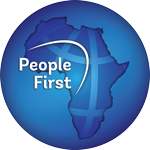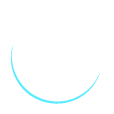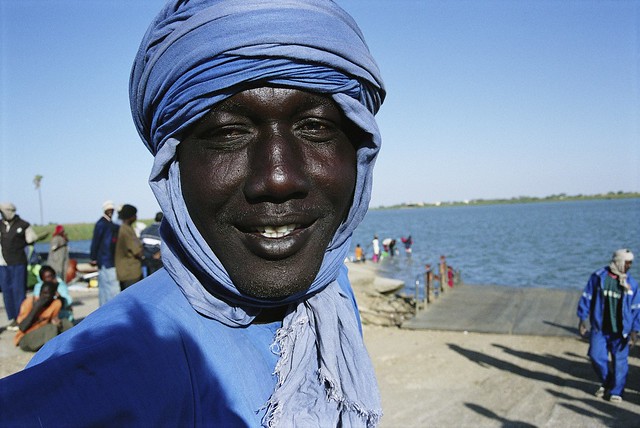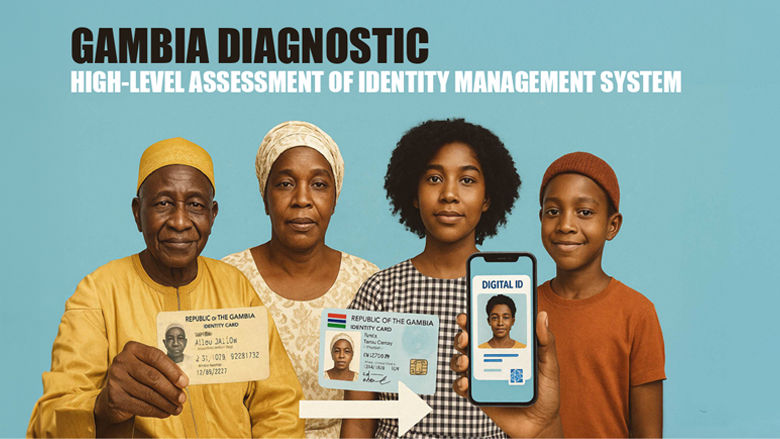About
The Gambia is the smallest country on mainland Africa. Defined by the Gambia River, which flows east to west, the river shapes the country’s geography, creating fertile plains and supporting rich ecosystems that are central to the national economy. The country is surrounded by Senegal, except for its Atlantic coastline, and has a population of approximately 2.5 million. Covering just 10,700 square kilometers, The Gambia is one of Africa’s most densely populated countries, with 176 people per square kilometer. More than half of the population (57%) live in urban and peri-urban areas.
Political Context
The 2016 presidential election marked the end of 22 years of autocratic rule under Yahya Jammeh, ushering in a new era with President Adama Barrow assuming office in 2017. Re-elected in 2021, Barrow’s administration has been navigating a complex post-dictatorship transition focused on democratic consolidation and institutional reform. A cornerstone of this transition has been constitutional reform. However, efforts to replace the 1997 Constitution have repeatedly stalled. A revised draft introduced in July 2025 was rejected by the National Assembly, echoing a similar outcome in 2020. The next presidential election is scheduled for December 2026.
Economy
Economic growth in The Gambia accelerated to 5.3% in 2024 (3.0% per capita), driven by industry and services, with tourism and construction playing key roles. Agriculture contracted due to poor weather, though livestock and fisheries performed well. Growth was supported by higher private investment, remittances, and public spending linked to the OIC Summit. GDP is projected to grow by 5.7% in 2025 (3.4% per capita), with broad-based sectoral expansion and continued recovery in tourism and trade.
Inflation eased to 11.7% in 2024 and is expected to fall to 9% in 2025 due to tighter monetary policy and lower global prices. Rising labor incomes and remittances improved household consumption and living standards, contributing to a decline in extreme poverty to 20.7% in 2024, with a slight drop to 20.4% projected for 2025. The government is also scaling up targeted social programs to cushion vulnerable groups from economic shocks.
The fiscal deficit widened to 3.9% of GDP in 2024 due to unbudgeted spending but is expected to narrow to 1.4% in 2025 with stronger revenue collection. Public debt declined to 74.4% of GDP in 2024 and is projected to fall further to 71.3% in 2025, though the country remains at high risk of debt distress per June 2025 WB/IMF Debt Sustainability Analysis.
The current account deficit rose to 5.8% of GDP in 2024 due to OIC-related imports but is expected to narrow to 5.0% in 2025. The Central Bank maintained a tight monetary stance, keeping its policy rate at 17%. International reserves are projected to rise to 4.4 months of imports in 2025, while the exchange rate is expected to depreciate by 5.2% annually. The banking sector remains stable, with non-performing loans declining from 13.5% in March to 8.9% in June 2025.
Last Updated: Oct 06, 2025









